No, mostly. But also yes, sometimes.
Although the gravel bike has graduated from evolutionary obscurity to, in a lot of cases, the flagship bike for a lot of brands (Specialized now expect the Diverge to outsell the Tarmac, for example), the mere mention of ‘gravel bike’ can light up the comments section with such classic phrases as:
“That’s just a road bike with big tyres”;
“This is just the bike industry trying to sell you another bike”;
“OMG TAYLOR SWIFT IS THE BEST <3 <3 <3”; and
“Gravel bikes are just 80’s mountain bikes”
While some of these are misguided, justifiably cynical, or dramatically misplaced, is there some truth in the last one? As the owner of a renovated 1988 Specialized Rockhopper, along with a gravel-adjusted cyclocross bike, and having worked on a plethora of other vintage MTBs I’m going to attempt to dispel this perennial myth, and in a follow up I’ll be letting you in on some tricks to convert your old MTB to a gravel machine.
Gearing
Vintage mountain bikes are almost invariably based around a triple crankset, sporting something in the region of a 48/28/24 paired with a 14-30 cassette, though thanks to the vanishingly small BCD of the inner ring it is possible to fit as small as a 20t for tackling the very steepest inclines, or carrying the kitchen sink. In a world where 1X specific bikes are becoming ever more common, can the triple compete?
In terms of range, my 30 year old Rockhopper has a range of 21.21-98.34 gear inches, dropping to 17.76 with a 20t inner. The widest range Shimano GRX double has a comparative range of 24.87-120.5, gear inches. In practical terms this means your top speed with a modern gravel groupset will be much higher for a given cadence, but on the flip side with the vintage setup you’ll have a far lower bottom gear. In short, if you’re going to be racing then there’s no comparison, but if that’s not your aim, or if you like to take a lot with you while bikepacking, then a triple makes a compelling option to my mind.
I’m not going to claim that a 30 year old 3×6 drivetrain shifts as well as modern groupsets, because it won’t. My front derailleur is friction actuated, rather than indexed, so you have to ease the chain between the front rings. There’s chainsuck, dropped chains and chainslap, but on the flipside setup and maintenance is easy, with a set of 3×6 thumb shifters costing as little as £5 in some cases. It leads to an unhurried ride experience compared to my more modern gravel bike, which is a welcome change sometimes.
Brakes
You won’t find a modern gravel bike with rim brakes anymore, and I’m not going to argue that they don’t make total sense for off road riding. Better control in the wet, no rim wear, better modulation etc etc ad nauseum. Old mountain bikes will be fitted with either cantis, or V-brakes, which, unless setup properly with decent pads, will be lacklustre in the dry and borderline terrifying in the wet. However, pads are cheap and easy to swap if you know what you’re doing, and cables (which will be externally routed) are far easier and cheaper to work with than hydraulic hoses.
Wheels and tyres
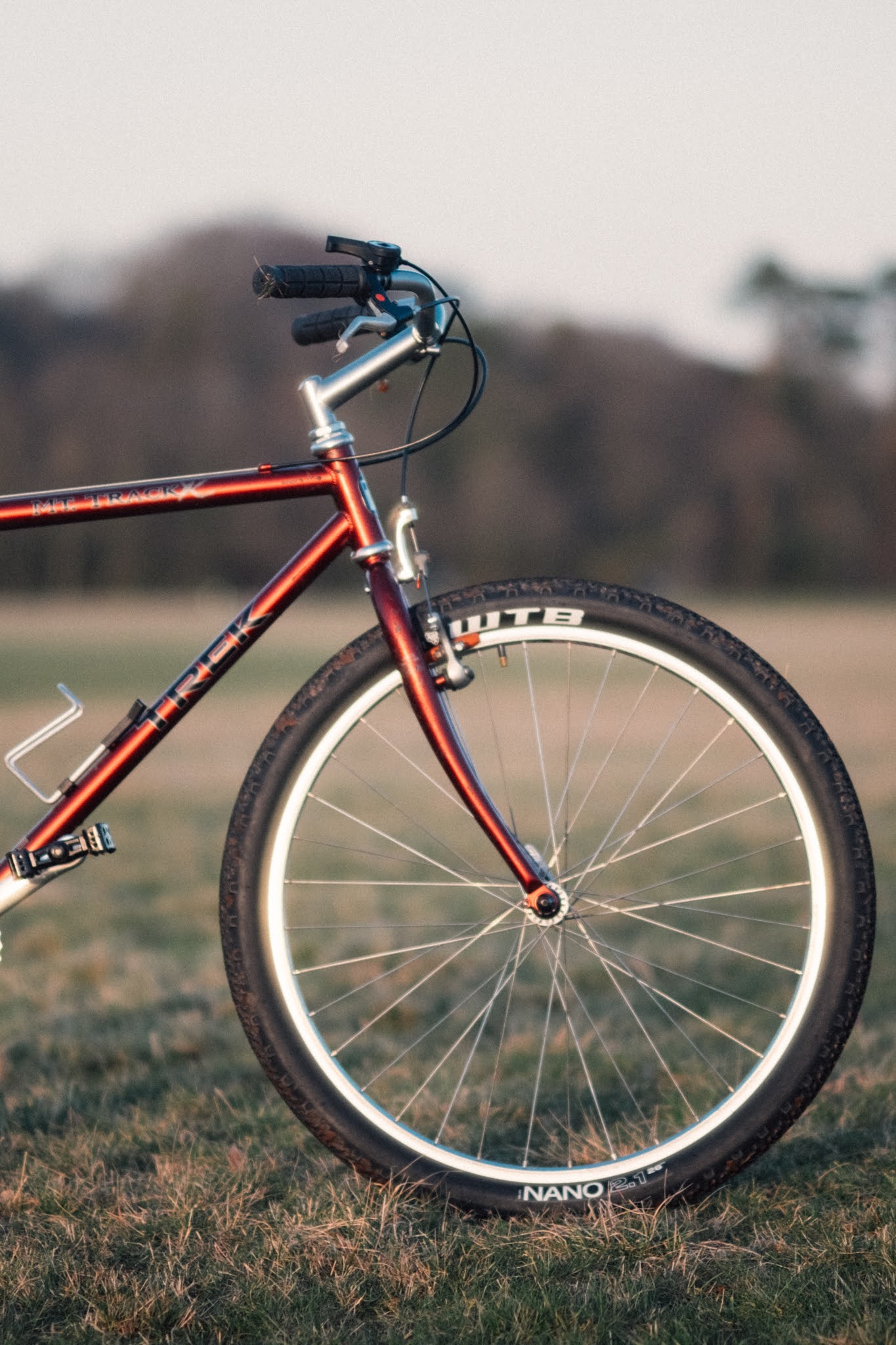
While 26″ wheels have only been used in modern bikes for a few very small frames, there are a few advantages to this old standard
‘26” ain’t dead’ isn’t quite correct as a phrase as, for modern gravel bikes, it was never really alive, save for the admirable work of companies like Surly using 26” wheels to produce bikes in properly small sizes. Old mountain bikes will be using 26” rims, usually shod with rubber in the region of 1.5-2” (38-51mm) wide. While the tyres may exceed the width of some modern gravel bikes, the smaller rims compared to 650b or 700c will roll more slowly, and feel more of the bumps and divots we are particularly blessed with in the UK. They’ll also be substantially heavier, thanks to subsequent advances in materials and rim design. Another drawback is they will invariably have loose cup and cone hubs, packed with grease which are a pain to work on and require regular maintenance.
26″ wheels are stronger though, provided they are properly tensioned, which again makes them a great option for carrying heavier loads over rough ground.
Tyre clearance
In days gone by, eyebrows would raise if you had tyres wider than 38mm, and if you’re running a cross bike as a gravel bike like I am, then this is often then upper limit of what you can accommodate. Nowadays in the post Open U.P. world that we live in, the advantage that older mountain bikes had over their modern counterparts in the rubber accommodating department is slightly diminished.
However, on the whole you can generally fit wider rubber in the older MTB frames and forks. While wider isn’t always better (ask Wout van Aert about his winning tyres in Bieles if you don’t believe me), it is advantageous in many situations, and old mountain bikes can often accommodate tyres up to 2.25” (57mm) wide.
Bar Width
With super wide bars, both drops and flats, well and truly established in modern bikepacking and gravel riding scenes, the bars you’ll find as stock on old rigid mountain bikes can feel treacherously narrow. There’s no comparison really, and while the truly extreme ends of the wide bar trend can start to affect bike fit amongst other things, the narrow bars of old MTB builds have no discernible advantage over a contemporary cockpit.
Stem length
I’ve a box of old stems taken from various old mountain bikes, and some of them are truly absurd. I have two 130mm stems, which would put many of the world tour roadies to shame and quite frankly make the bike ride like pudding. As far as I’m concerned they’re best used as toy guns.
Modern gravel bikes are slowly following the trail blazed in the recent mountain biking world of longer frames, slacker geometry and compensatory shorter stems, with 0mm stems being produced by boutique componentry manufacturers such as Discord Components.
Frame material and weight
Although steel is back in fashion as a framebuilding material, it’s not the first choice of many manufacturers. The majority of modern gravel bikes will either be made of aluminium or carbon, and will be substantially lighter than an old mountain bike. It’s hard to find a positive for having a heavier bike, so I won’t try. Likewise modern groupsets are substantially lighter, which further compounds the issue.
Steel however, despite its weight, does have a noticeably different and very pleasant ride feel that is often lacking in framesets made of more rust averse materials. It is also much more amenable to surprise encounters with the floor at high speed too. If you are after a machine to ride across country in the middle of nowhere, steel could well be a great choice because, if it fails, anyone with a welder can patch it up.
While a lot of older bikes will be made of straight gauge, non-butted and relatively cheap steel, if you look hard enough you can find some that are constructed from substantially fancier steel alloys, with triple butting and therefore not as heavy as you might expect. This is much more in keeping with modern steel frames, where advances in alloy technology and butting profiles have blurred the boundaries of the material hierarchy and makes plenty of modern ferrous framesets genuinely competitive on the scales, while maintaining the characteristic ‘springy’ feel.
Geometry
All bikes have evolved over time, with tweaks here and there to the geometry resulting in a dramatic difference between an original Stumpjumper and it’s modern day equivalent. However, comparing the geometry from a 1986 Stumpjumper (as its the only one I could find a chart for) to a modern gravel bike such as the Specialized Diverge, there is some considerable overlap.
Very similar head tube angles, seat tube angles and chain stay length start to make you wonder what the differences are besides a dropped top tube. The vintage Stumpjumper has a noticeably higher bottom bracket, as it was designed for riding over obstacles rather than fire roads, and does result in a noticeably less planted feel in the corners. A higher trail fork on the older bike makes the steering feel more stable, or sluggish if you’re after something razor sharp and racy.
The combo of a higher trail fork and marginally longer chain stays results in a noticeably longer wheelbase, which further effects the responsiveness of the handling.
Although the geometry differences are minor, it does result in an obviously different ride quality. Downhill, despite the higher BB, my Rockhopper feels reassuringly stable in comparison, but i’ve never described it as ‘nippy’, as when the going gets technical it is a little bit like steering a cow compared to my ‘cross bike.
Price
You can pick up a vintage mountain bike for under £200, and with a little bit of financial input have it working perfectly again. Even if you splash out on some lavish components the resulting cost will almost invariably be less expensive than a modern gravel bike. If you’re going to race, then a modern bike probably makes sense from a purely performance standpoint, but in an age of bicycle scarcity and a drive to make the things we own last longer, is there a case for breathing some new life into an old bike? I certainly think so.
Is an old MTB a gravel bike then, Will?
An old MTB will be heavier, with different componentry and different geometry. It will ride differently to a gravel bike, and it will be better at some things but worse than others. They certainly are different bikes, but at their heart they are both bicycles, with two wheels and off road tyres driven by a pair of cranks and primarily rigid.
There are a great many differences, and I think it’s wrong to say an old MTB is the same as a modern gravel bike, but I ride an old Rockhopper as a gravel and bikepacking bike. It’s a joy to ride, it looks beautiful, it’s incredibly cheap to maintain and a joy to work on. It’s supremely comfortable and it’s a more sustainable offering than buying a new bike as well. While it may not be a race bike anymore, the Silk Road Mountain Race has been completed on a 26” Bridgestone, and ADVNTR contributor Michael Drummond raced the Atlas Mountain Race on a 26″ Rock Lobster, so it shouldn’t necessarily be overlooked in this regard either.
If you’ve got a vintage MTB in the garage, or want to convert your own into a more gravel competent machine I’m going to let you in on a few tips and tricks in part two.
Last modified: 5th April 2021
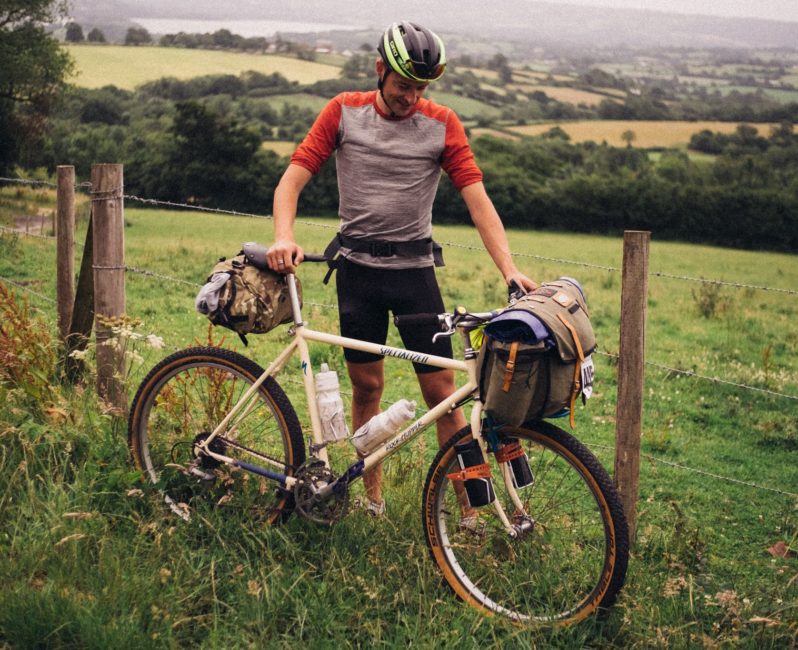



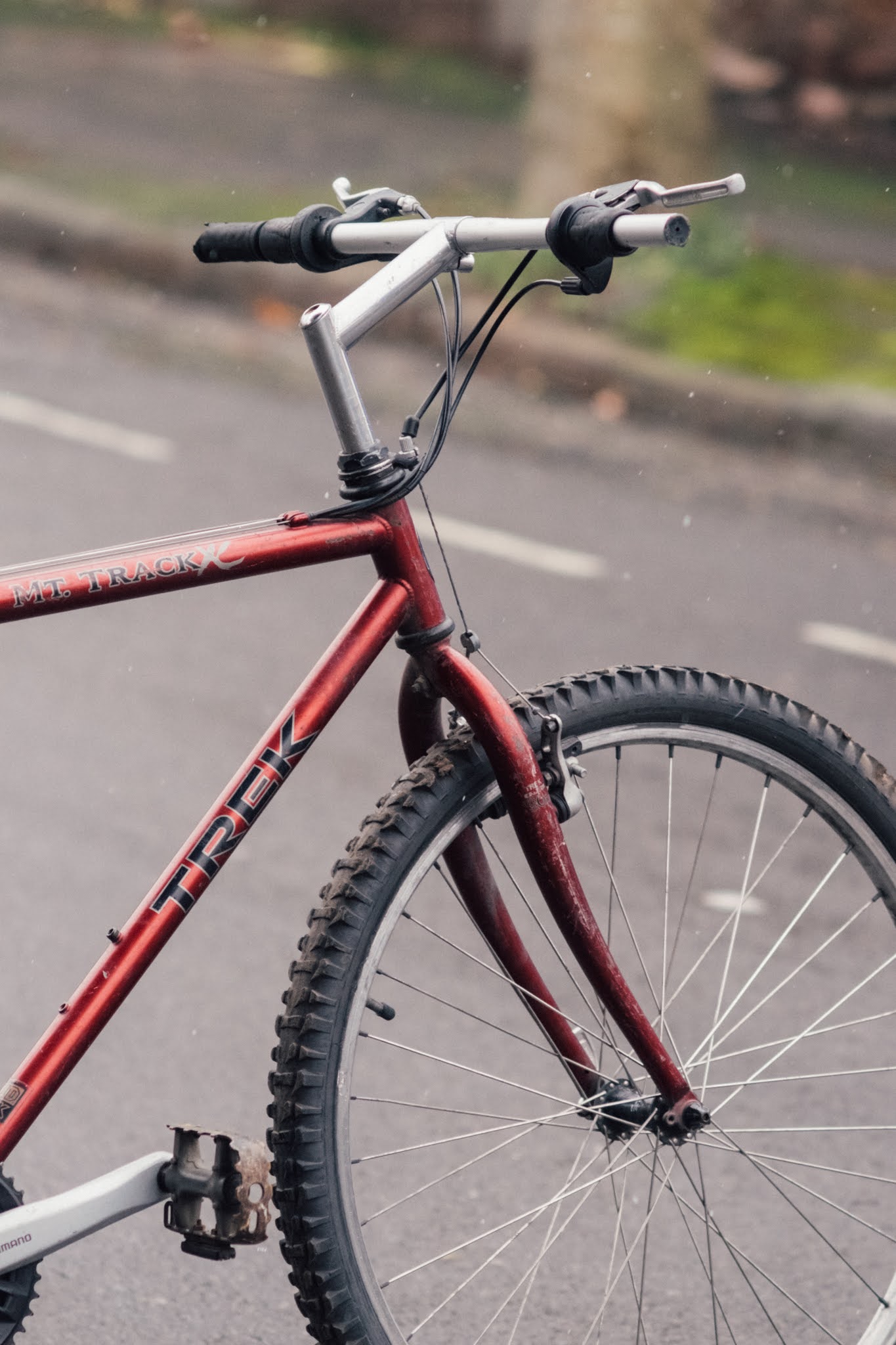
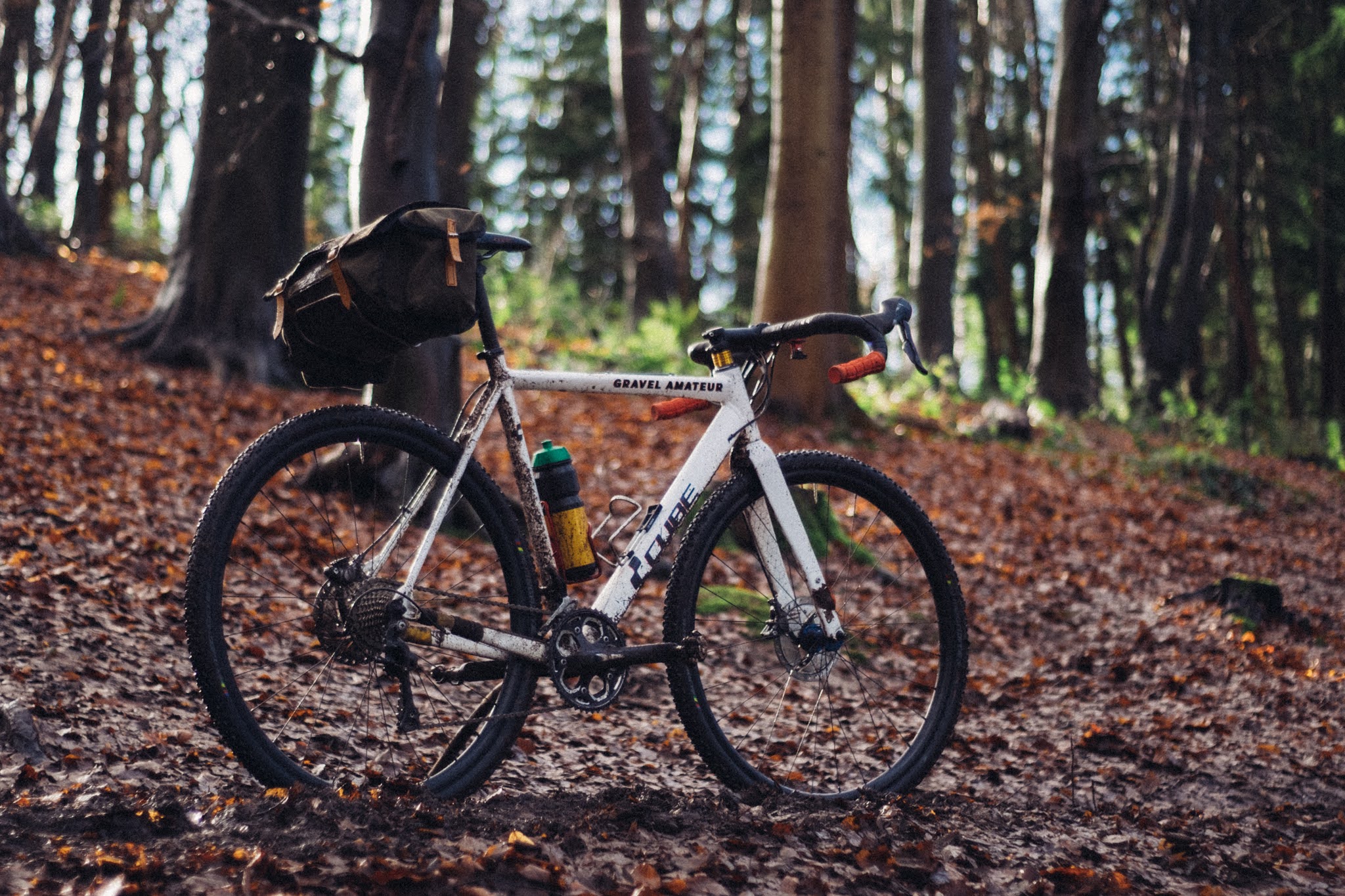
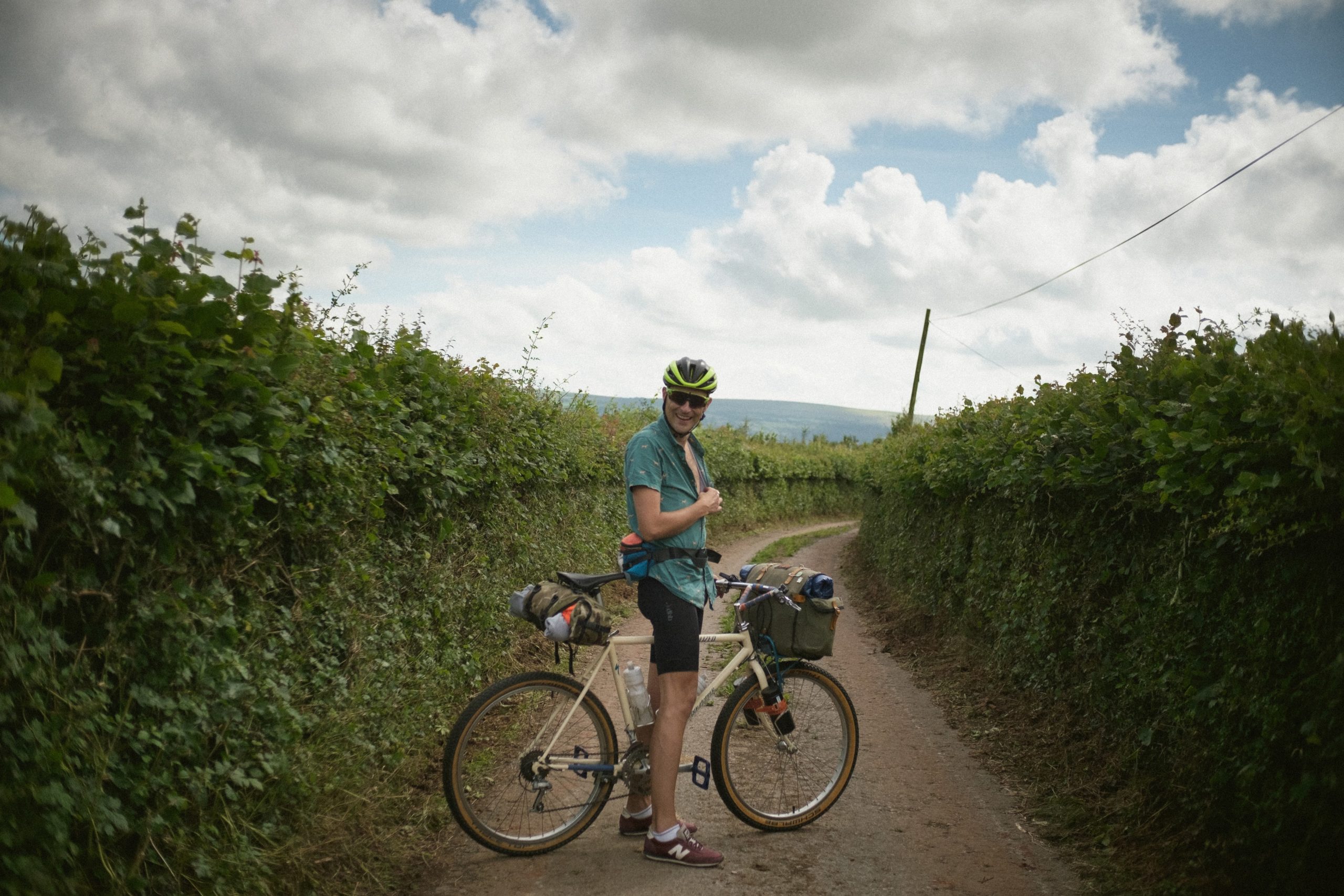












I converted a 2004* Trek 8500 to road duty, and although the geometry ended up being similar to modern gravel bikes [71/73 HA/SA], the BB was sky high and the saddle to bar drop was well over 10cm. It was great in snow, I’ll give it that. I’ve had more luck converting newer hardtails, like the On-One Inbred 29, although a fork that didn’t cost twice as much as the frame was a challenge.
*The difference in geo between that 2004 Trek and the ’93 Stumpjumper I had previously was minimal. Not a lot of change happened in 26″ hardtails in that time.
ARE GRAVEL BIKES JUST 80’S MOUNTAIN BIKES?
No.
My Norco 26er CXC endur-race HT 2.0 EXC, (modded to a MonsterCross), doesn’t suffer from the “awkward” geometry some older 26er MTBs have…. fast on gravel, fun on single track!